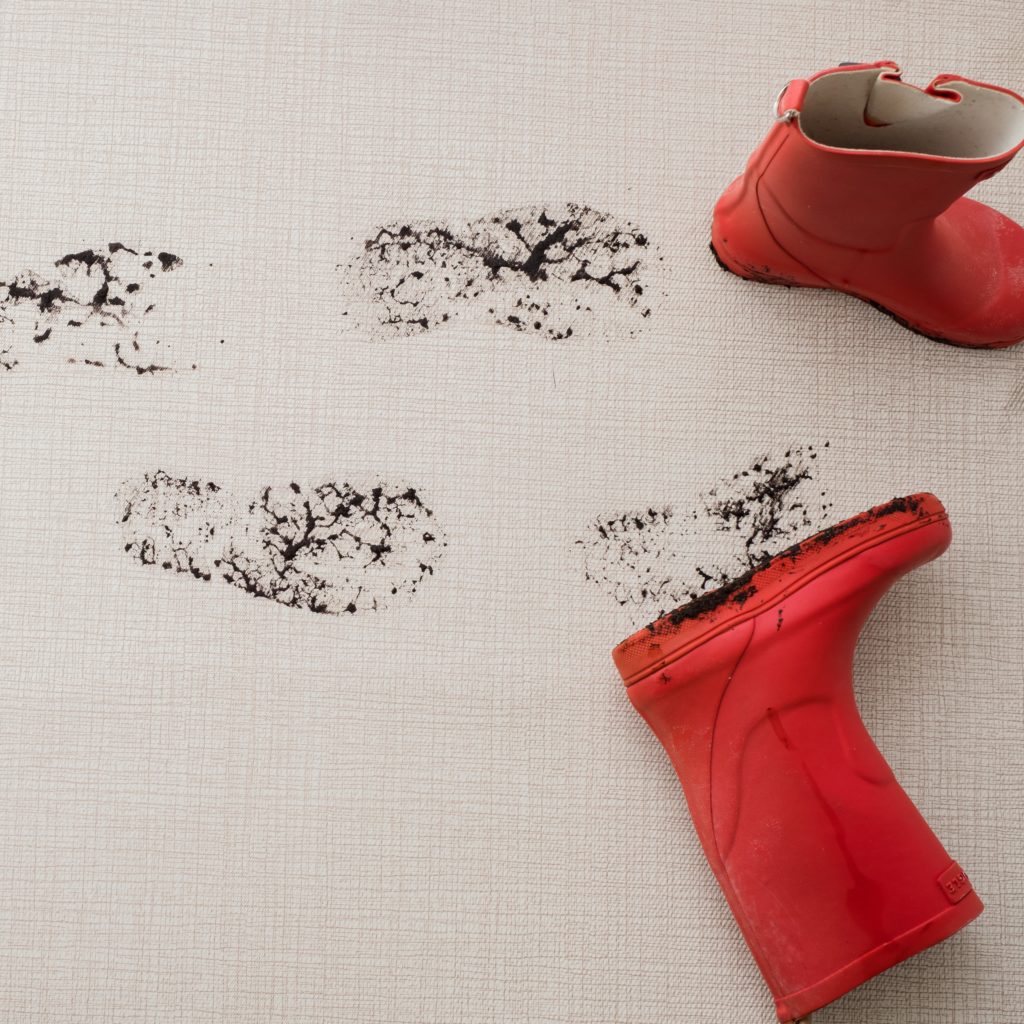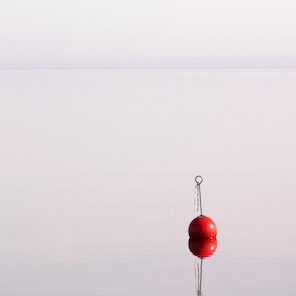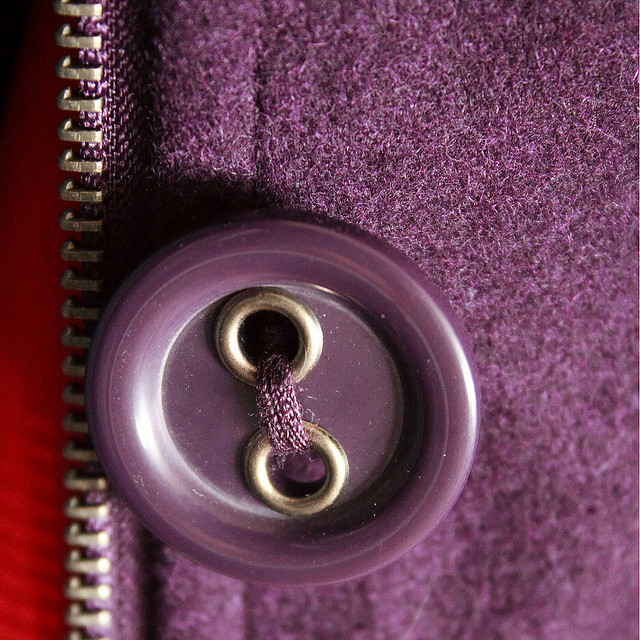By Heidi Czerwiec
Emily Dickinson knew something about—holding space—the power—dashes have—
The white spaces hold so much—the ghost of her white dress—posing in the corner. They may be silent—but are not empty.
Like musical rests, like caesuras—which have value—this is what the spaces say.
John Cage experimented with silence in his music, after an experience in a completely soundproofed chamber—he realized that, far from silent, he could still hear his nervous and circulatory systems, his breath, a white noise.
Silence is impossibility.
Cage claimed he composed all the notes to 4’33”—also called the “Silent Sonata”—but that they were all silent.
I think about this, reading Jenny Boully’s The Body: An Essay, where the footnotes refer to a text that exists, fully imagined, but rendered unreadable, absent.
Each note, each sound, each correspondence whited out.
X x 0 = 0. Zero, the great eraser, the great erasure.
Terry Tempest Williams, in When Women Were Birds, recounts how her dying mother left all her journals to be read only after her passing. When Williams does, she finds that all the journals are blank. At first, this revelation is confusing, even cruel. “But now, 25 years after I first opened the journals, I am finally able to think about what this emptiness means. . . . There is an art to writing, and it is not always disclosure.”
John Cage said, “I have nothing to say and I am saying it.”
Zero at the Bone—
Essayist and poet Heidi Czerwiec is the author of the lyric essay collection Fluid States, winner of Pleiades Press’ 2018 Robert C. Jones Prize, and the poetry collection Conjoining. She teaches and writes in Minneapolis, and is an Editor for Assay: A Journal of Nonfiction Studies. Visit her at heidiczerwiec.com
Photo by Engin Akyurt via Unsplash

























































































































































































































































































































0 Comments